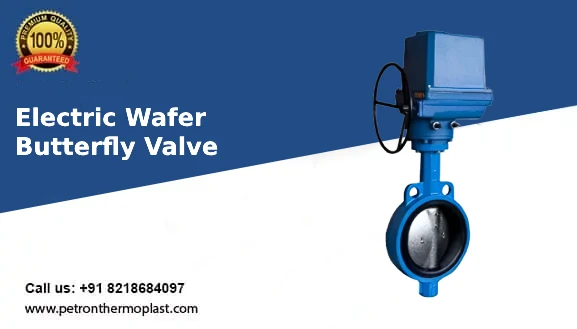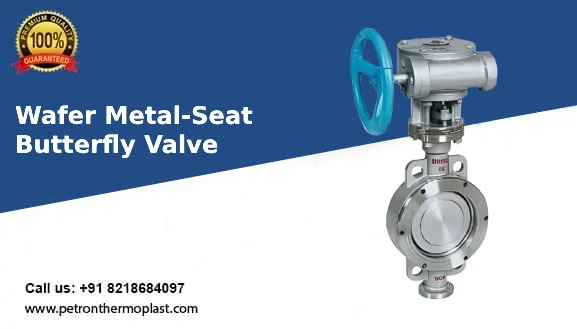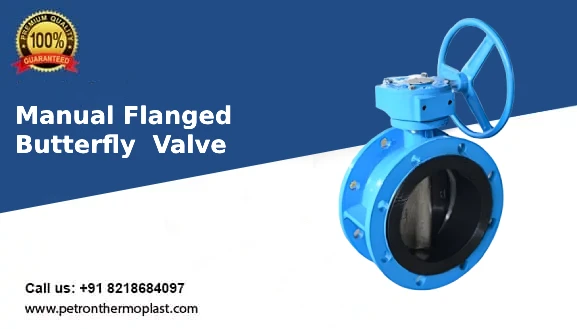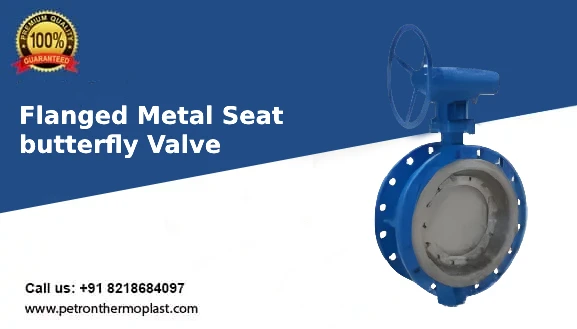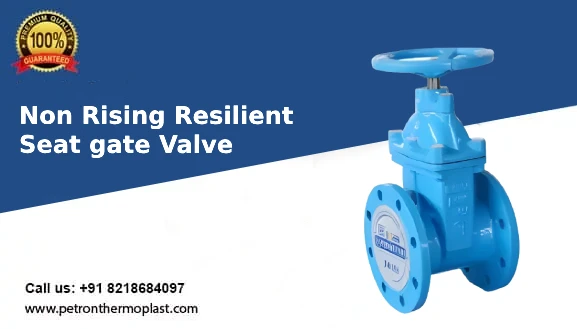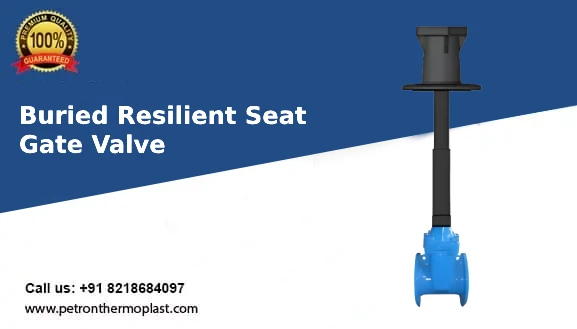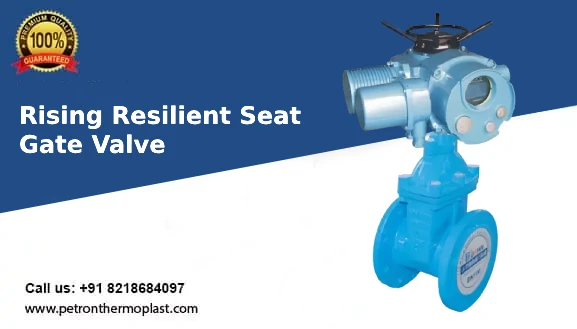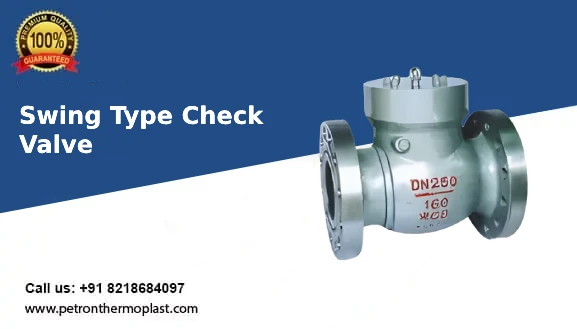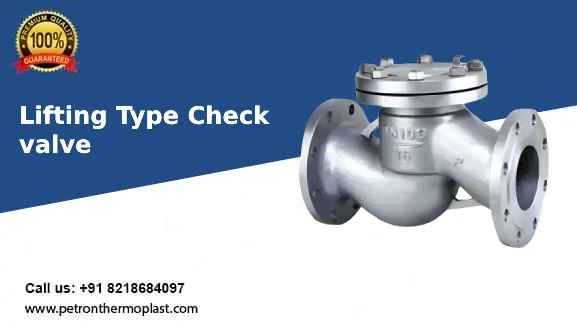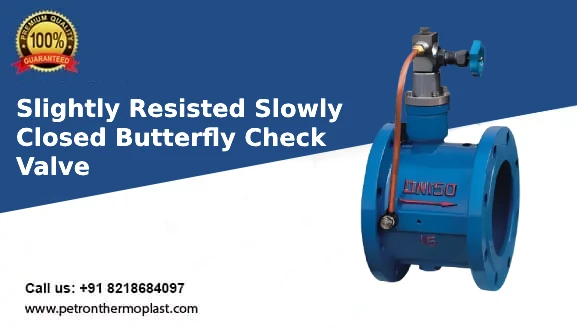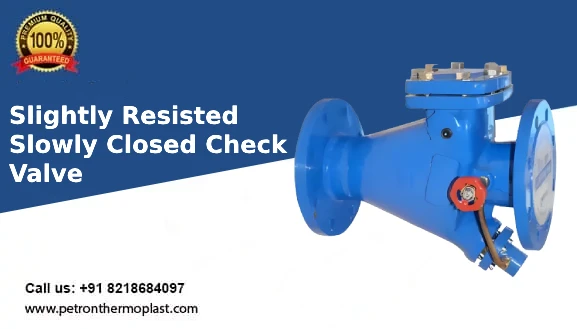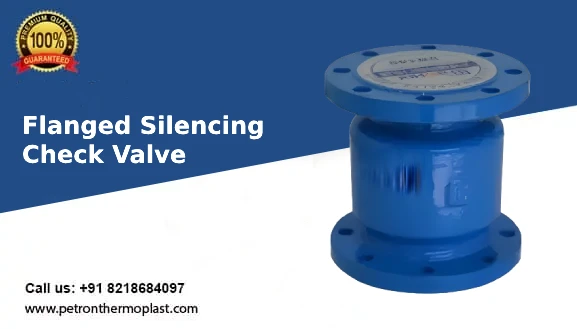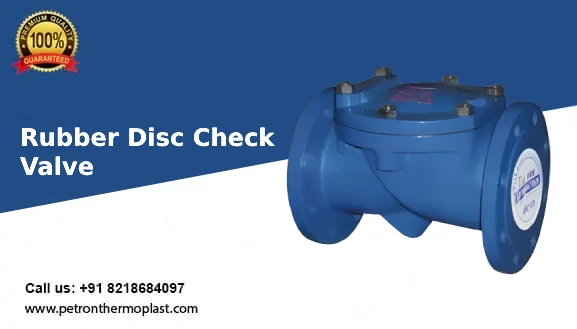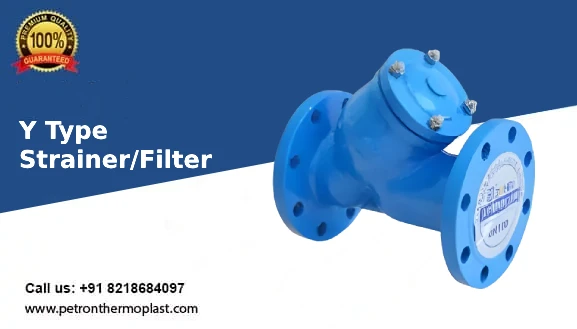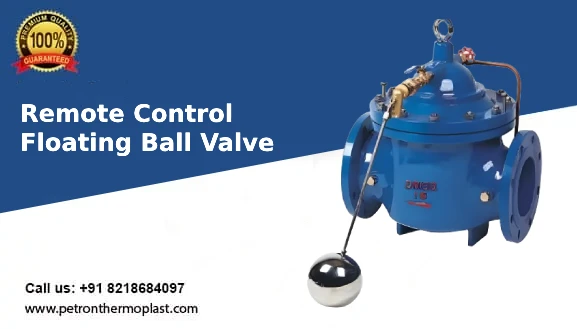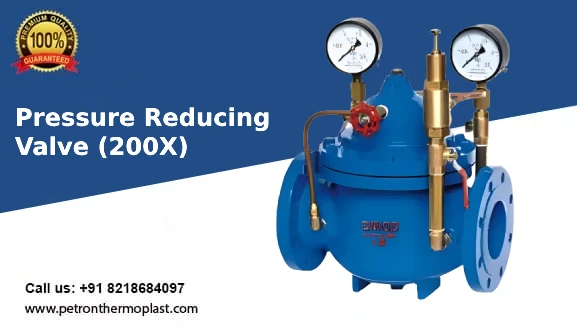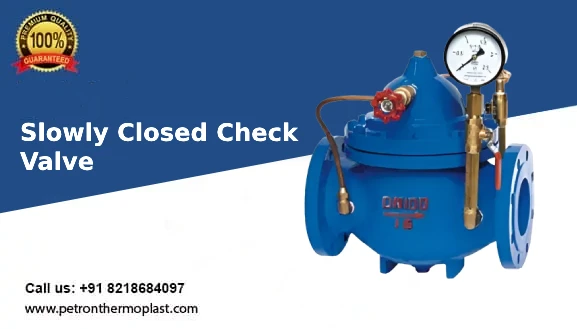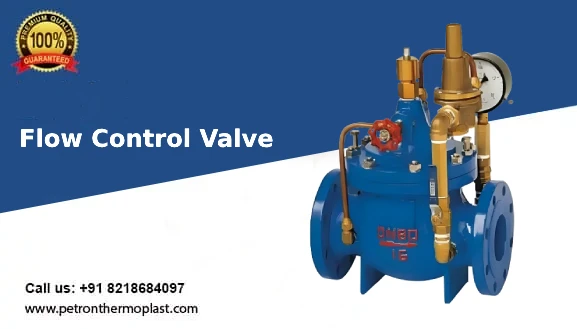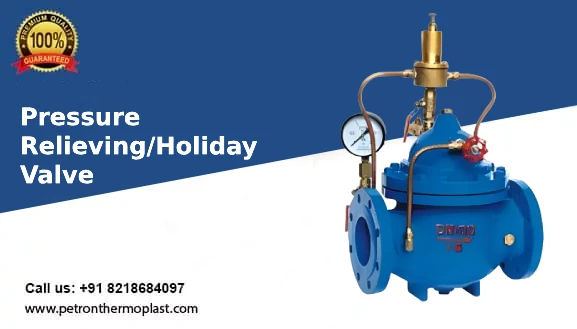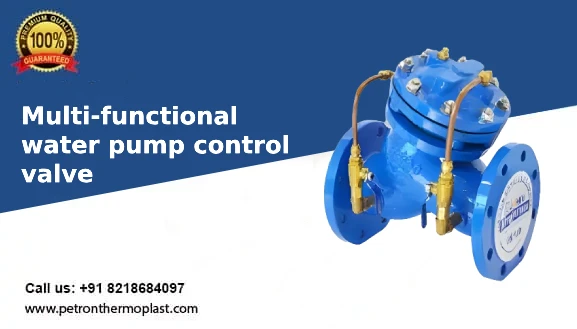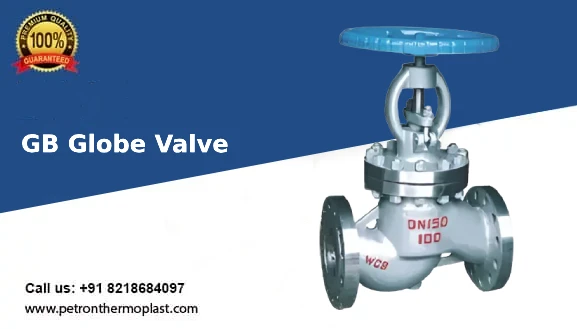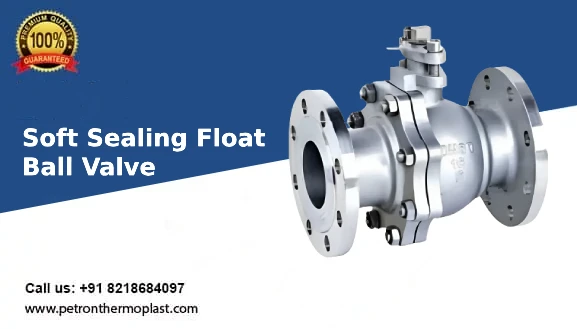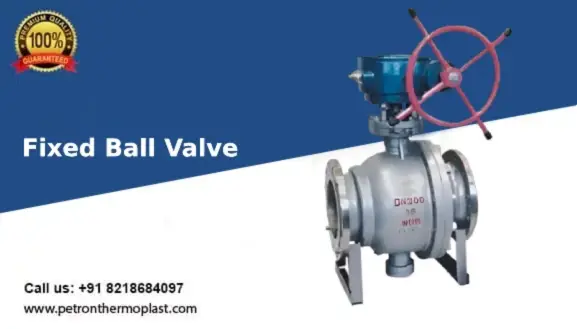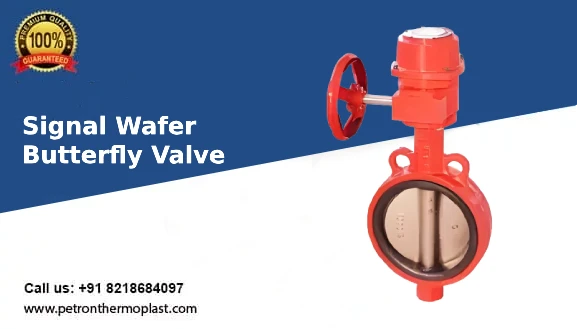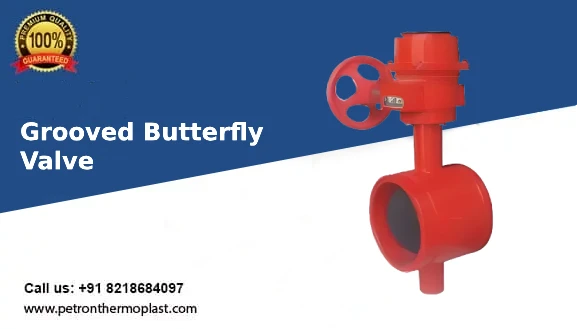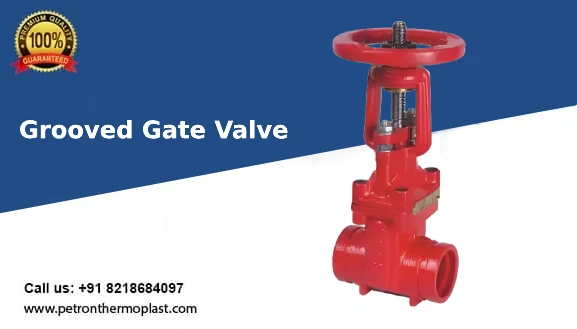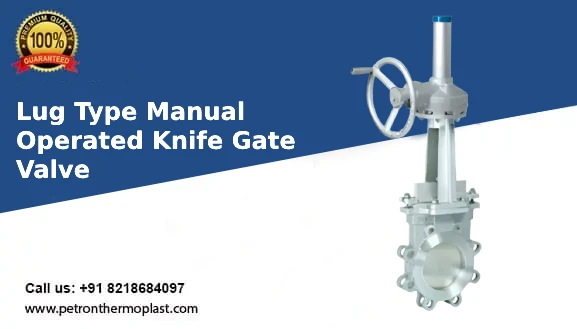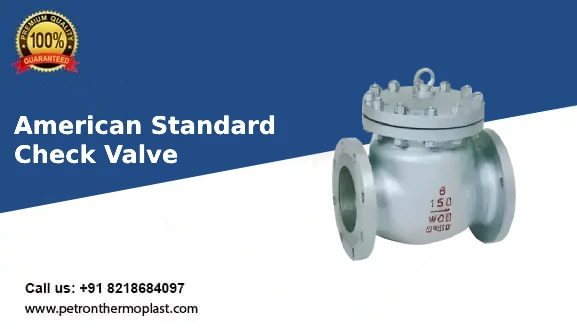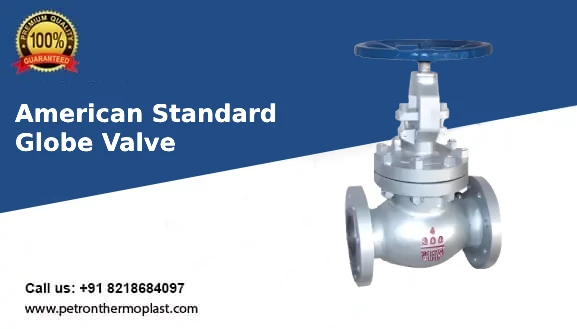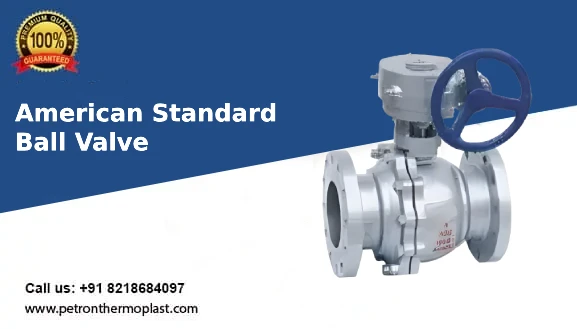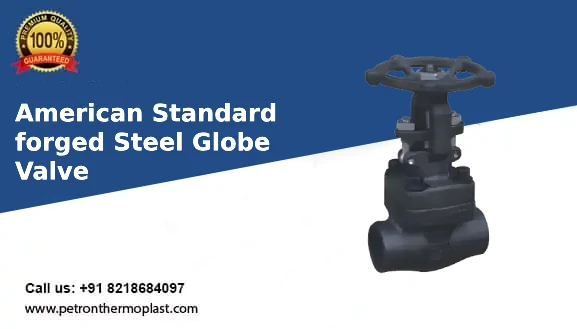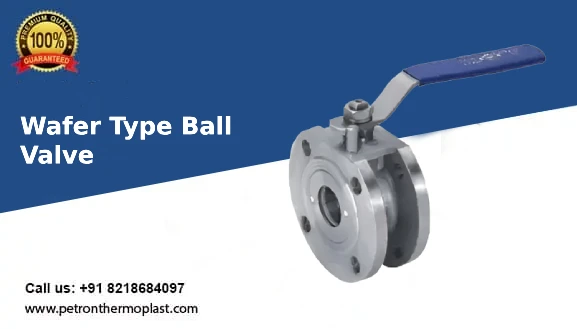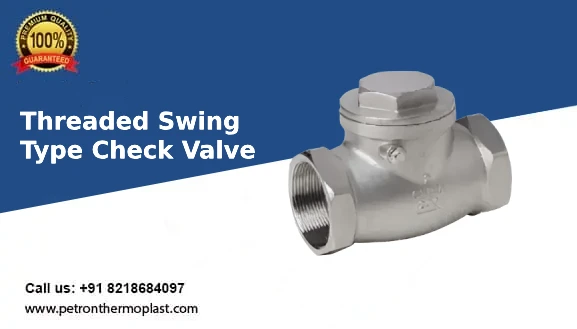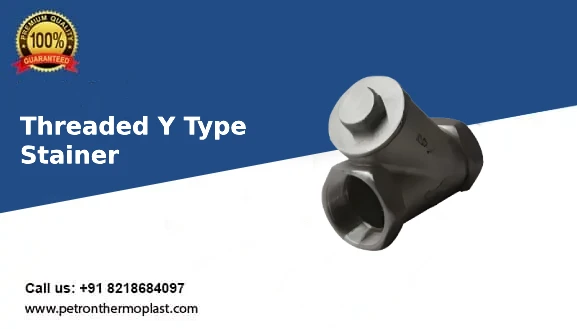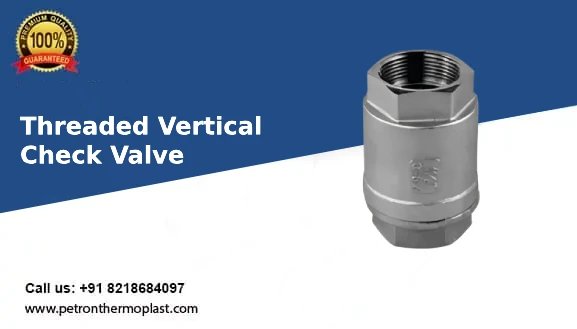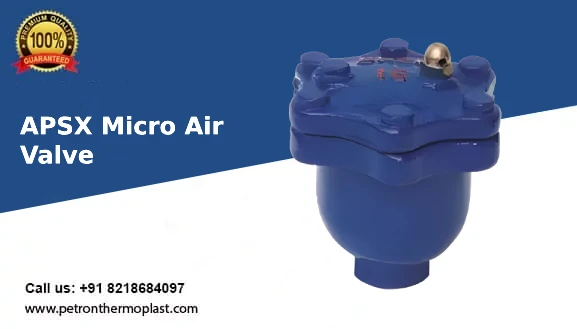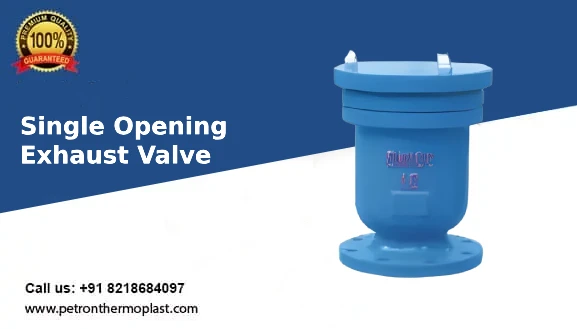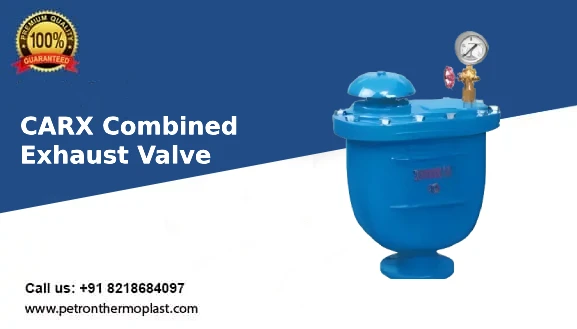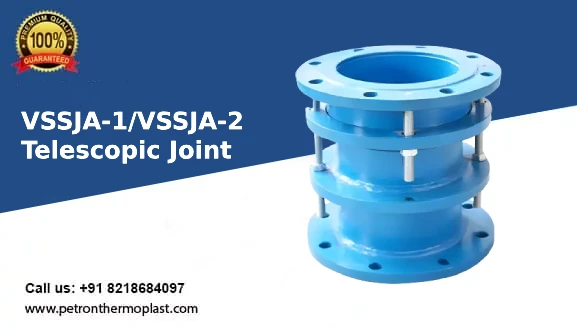
Metal Valves
Metal valves are essential components in various industrial processes and applications, playing a pivotal role in regulating the flow of fluids, gases, and even solids. These valves are favored for their durability, reliability, and ability to withstand high-pressure and high-temperature conditions. In this article, we will explore the different types of metal valves, their applications, materials of construction, and key considerations for selecting the right valve for your specific needs.
Metal Valve
Petron Thermoplast
Specification
- Valve Type: Specify the type of metal valve required, such as gate valve, ball valve, butterfly valve, globe valve, check valve, or plug valve, based on the intended application and function.
- Valve Size: Indicate the nominal size of the valve, typically measured in inches or millimeters, to ensure it matches the pipeline or system requirements.
- Pressure Rating: Specify the maximum allowable pressure the valve will be subjected to. Pressure ratings are typically measured in pounds per square inch (psi) or bars.
- Temperature Rating: Define the temperature range within which the valve will operate safely and effectively, considering both the process fluid and ambient conditions.
- Material of Construction: Specify the material for the valve body, trim, and other components. Common materials include stainless steel, carbon steel, brass, bronze, cast iron, and others, chosen based on factors like corrosion resistance and compatibility with the fluid being handled.
- End Connections: Determine the type of end connections needed, such as flanged, threaded, socket weld, or butt weld, to ensure compatibility with the existing piping system.
- Seat and Seal Material: Identify the material for the valve seat and seals, which play a critical role in preventing leaks and ensuring tight shut-off. Materials like PTFE, elastomers, and metal-to-metal seals are common choices.

Distinguishing Features
1.Gate Valve:
- Design: Gate valves have a wedge-shaped gate or disc that moves perpendicular to the flow direction to control flow.
- Function: They are primarily used for full flow or complete shut-off applications.
- Flow Characteristics: Gate valves typically exhibit minimal pressure drop when fully open.
- Applications: Commonly found in water distribution systems, pipelines, and large-scale industrial processes.
2.Ball Valve:
- Design: Ball valves use a spherical ball with a hole to control flow, rotated 90 degrees to open or close the passage.
- Function: They offer quick on/off operation and are ideal for applications that require fast shut-off.
- Flow Characteristics: Ball valves provide good shut-off capabilities and can be used for precise control when equipped with a V-port or segmented ball.
- Applications: Widely used in various industries, including oil and gas, chemical, and water distribution.
3.Butterfly Valve:
- Design: Butterfly valves feature a flat, disc-shaped closure element that pivots on a central axis.
- Function: They are suitable for applications that require moderate flow control.
- Flow Characteristics: Butterfly valves provide excellent flow control capabilities with minimal pressure drop when fully open.
- Applications: Commonly used in HVAC systems, water treatment, and industries where space and weight constraints are important.
4.Globe Valve:
- Design: Globe valves have a globe-shaped body and a plug-type closure element that moves along the axis of the valve seat.
- Function: They are designed for throttling and controlling flow.
- Flow Characteristics: Globe valves provide precise control over flow rates.
- Applications: Found in industries requiring accurate flow control, such as power generation and petrochemical processing.
5.Check Valve:
- Design: Check valves allow flow in one direction while preventing backflow.
- Function: They maintain system integrity by preventing the reversal of flow.
- Flow Characteristics: Check valves provide minimal resistance in the open direction.
- Applications: Essential in pipelines, pumps, and systems where backflow must be prevented.
6.Plug Valve:
- Design: Plug valves use a cylindrical or tapered plug to control flow.
- Function: They are versatile and can handle a wide range of media, including abrasive and corrosive substances.
- Flow Characteristics: Plug valves can provide good sealing and flow control.
- Applications: Used in applications where reliability and resistance to harsh conditions are required, such as chemical processing.
Characteristics
- Durability: Metal valves are known for their robust construction and durability. They can withstand high-pressure and high-temperature conditions, making them suitable for a wide range of industrial applications.
- Corrosion Resistance: Many metal valve materials, such as stainless steel, brass, and bronze, exhibit excellent resistance to corrosion, ensuring a long service life, especially in corrosive environments.
- High Pressure Handling: Metal valves are capable of handling high-pressure fluids and gases, making them essential in applications where maintaining system integrity under pressure is critical.
- Temperature Tolerance: They can operate effectively in both extreme cold and hot temperatures, making them versatile for various industrial processes.
- Precise Flow Control: Metal valves provide precise control over the flow of fluids and gases. This allows for accurate regulation of flow rates and pressure within a system.
- Variety of Valve Types: There are numerous types of metal valves available, including gate valves, ball valves, butterfly valves, and more. Each type has unique characteristics that make it suitable for specific applications.
- Quick On/Off Operation: Some metal valves, like ball valves and gate valves, offer rapid on/off operation, which is crucial in emergency shut-off situations.
GET THE LATEST Metal Valves PRICES ON YOUR EMAIL



